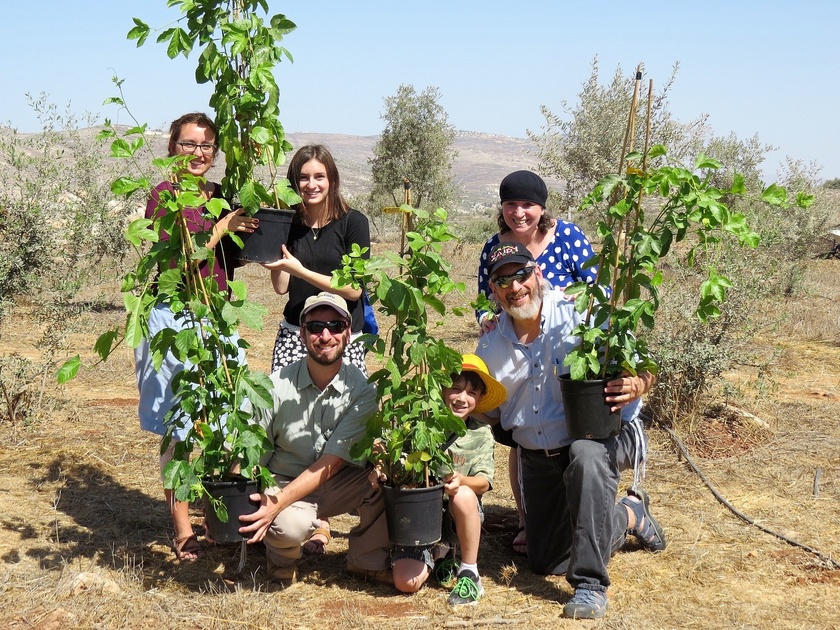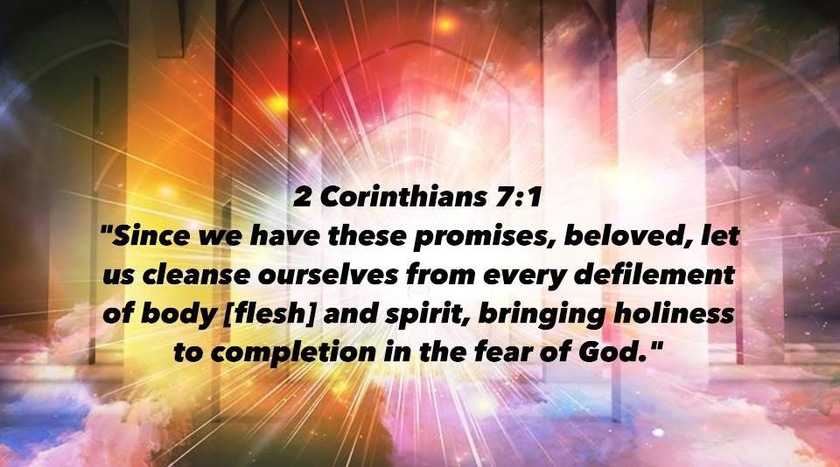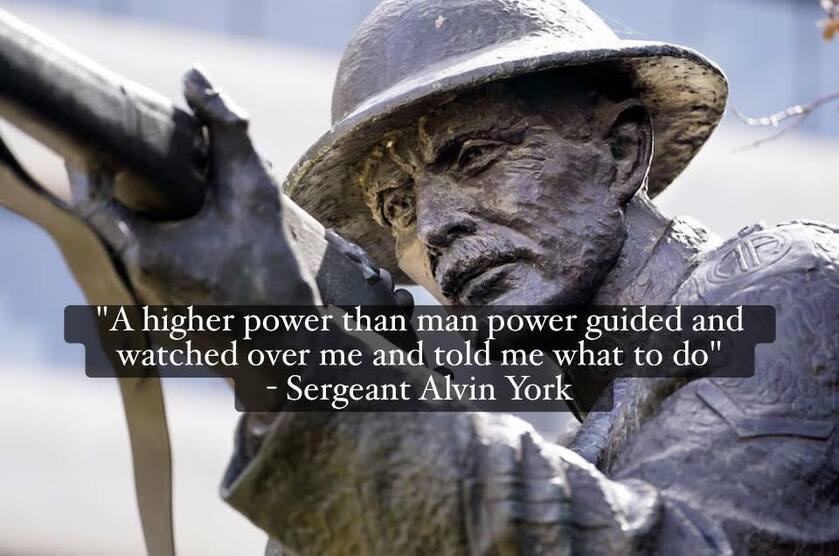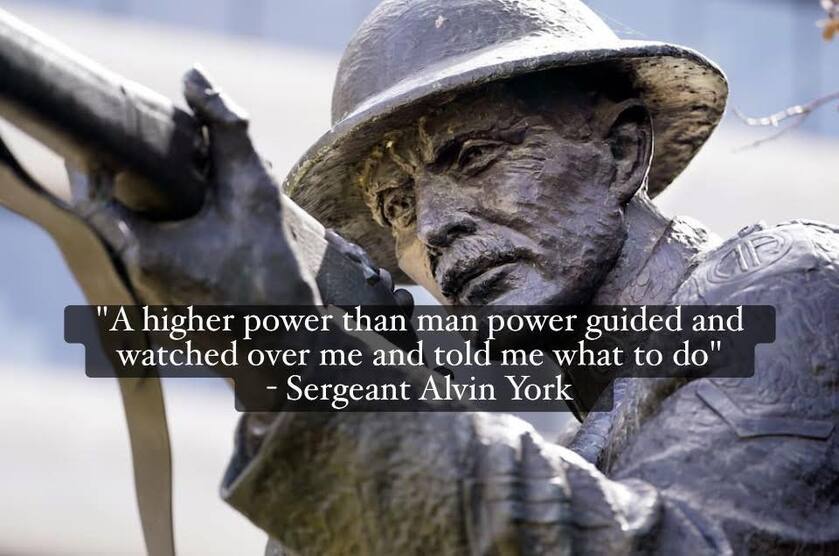Restoring The Indigenous Lands
Ezekiel 20:15b
"...a land flowing with milk and honey, the most beautiful place on earth"
Seventy plus years ago — when the country of Israel was still an impoverished, redeveloping nation, the new leaders in Israel set about returning the former lush woodlands to the now decimated land — a land in which 97 percent of the original vegetation had been destroyed by conquering Turks. The Israeli people planted almost two hundred and fifty million trees. Hundreds of environmental campaigns throughout decades since the founding of the State of Israel are preserving the country’s environmental integrity. Restoring the barren rocky ground which had been eroded by the storm water because the former trees had been cut by the invaders. It was an amazing ecological revival taking place during troubled times as the new generation of Israeli people were battling enemies all around them.
During the occupation of the Israeli lands by the Ottoman Empire the Galilee forests and the Carmel mountain range had been stripped of its trees, and the swamps, marshes, and deserts had increased. Without the forests to protect the soil, the land became desolate.
In 1867, Mark Twain wrote about the holy land in his best-selling travel book, The Innocents Abroad. “The further we went, the hotter the sun got – and the more rocky and bare, repulsive and dreary the landscape became… There was hardly a tree or a shrub anywhere. Even the olive and the cactus, those fast friends of a worthless soil, had almost deserted the country.”
The more than 250 million trees transformed the barren rocky soils. The rains returned and the mountain streams were reborn. Humidity increased and the marsh lands became lush citrus orchards under their careful and thoughtful cultivation. The land was returning to its biblical roots, literally.
This new landscaping heritage is so important for the soul of the Israeli people that they've changed their national calendar, adding Tu Bishvat, the 15th day of Shvat which is, the New Year for the trees. Tree-planting and tree-preservation has been turned into a national holiday as a sign of just how important the land of milk and honey is to their heritage. This is an investment into many generations to come. Planting trees so that grandchildren will enjoy their fruit and shade is something committed indigenous people do.
These indigenous people work hard, replanting what was deliberately destroyed by invaders, restoring the forested lands back to which God once referred to as "the most beautiful place on earth".
This indigenous nation works hard to restore what was lost. Not for their own selfish good, but for generations to come.




















